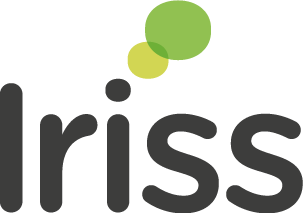In my daily work, I research new models to support disabled people. I am passionate about the move towards choice and control for people with disabilities.
Our experience of transitioning from traditional service-based philosophies clarifies the fact that no single approach fits all needs. These transitions therefore are opening the potential for novel ideas to achieve better outcomes for the people we serve. In fact social innovation is not necessarily about devising groundbreaking ideas but often about applying old ideas to new issues. Where I want to practice my imagination is in thinking about how to apply personalisation with creative approaches to delivery and support.
At the core of personalisation is the person making decisions about what a good life is for them – about their goals. This idea seemed disarmingly simple when I first heard it. It also reminded of the excitement that fuels liberation movements throughout the ages.
The practice of it, however, uncovers multiple layers of complexity. Speaking daily with people who previously had varying decision power over their own lives, I see in action how challenging this step of the model may be. Articulating life goals… how many of us actually did it?
People living with disabilities may need coaching and encouragement to dream big… As an example, the other day I was talking to a middle-aged man who has high physical needs and significant mobility challenges. He spoke of how difficult it has been for him to find people to assist him with either models of care. “I do not dare dreaming about what is possible beyond my daily personal care.” He is still traumatized by past negative experiences and took a long time to unravel secret dreams of pursuing studies in Education.
When it comes to articulating dreams, the essence of what we are aiming for may lie in the minute details of personal interaction … I am by no means saying it is impossible. My point is rather that we need to be aware of potential threats to the success of new approaches. We also need to make sure that people are not rushed towards simplistic goals and solutions and that they have skilled coaches to guide them through. Once we have started on this path, though, and people have shaped some starting ideas, individualised funding models provide us with the means to implement creatively.
Whichever way we look at it and reshuffle the elements that make up good care, it’s going to be about people working with people.
I am interested in meeting others interested in applying creativity in transitioning to choice and control. Sharing stories about unusual ways to overcome obstacles by thinking outside the box is essential. Outstanding examples have the power to open up new possibilities and inspire young dreams… Let’s do this together – one bite at a time!
